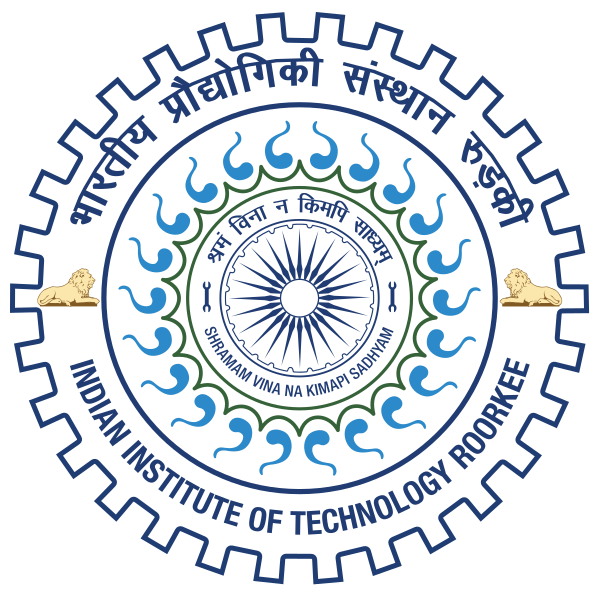Please use this identifier to cite or link to this item:
http://localhost:8081/jspui/handle/123456789/9832Full metadata record
| DC Field | Value | Language |
|---|---|---|
| dc.contributor.author | Vachhane, Vijay Kumar | - |
| dc.date.accessioned | 2014-11-20T11:42:01Z | - |
| dc.date.available | 2014-11-20T11:42:01Z | - |
| dc.date.issued | 2004 | - |
| dc.identifier | M.Tech | en_US |
| dc.identifier.uri | http://hdl.handle.net/123456789/9832 | - |
| dc.guide | Sarje, A. K. | - |
| dc.guide | Lal, Mohan | - |
| dc.description.abstract | IP Mobility addresses the problem of changing network point of attachment transparently during movement. Mobile IP is the current standard for supporting IP mobility. However, Mobile IP has poor performance during handoff due to communication overhead with the home agent. Route Optimization in Mobile IP can improve service quality but cannot eliminate poor performance when a host moves while communicating with a distant correspondent host. Since it still have communication overhead with the home agent at every handoff. Several Micro-mobility protocols including Cellular IP and Multicast based Micro-mobility have been proposed to handle the local movement of mobile host by hiding the intra-domain mobility from home agent. This effectively reduces delay and packet loss during handoff and eliminates registration between mobile hosts and possibly distant Home agents when mobile hosts remain inside their local coverage areas. In this dissertation, a comparative study of a set of protocols supporting IP mobility, such as Mobile IP (MIP), Route Optimized Mobile IP (ROMIP), Cellular IP (CIP) and Multicast based Micro-mobility (M&M) has been presented The advantages and disadvantages of these protocols in the context of managing mobility are discussed. Performance comparison of these protocols against a number of metrics, such as packet loss, handoff delay etc., under proactive and reactive conditions through simulations is also presented in this dissertation. The dissertation work mainly aims at comparing the performance of different handoff schemes of these protocols to better understand the various implementation issues and tradeoffs involved under different conditions. The results substantiate the fact that* M&M provides ' a comprehensive mechanism of achieving smooth handoff in all situations. The result also shows that the improvement in handoff performance can be achieved by a slight increase in bandwidth overhead in the wired network. Thus, the results show a tradeoff between network overhead and packet loss. Event oriented simulations developed under Visual C++ environment in language C++ on Windows 2000 server are used to evaluate the performance of these protocol. | en_US |
| dc.language.iso | en | en_US |
| dc.subject | ELECTRONICS AND COMPUTER ENGINEERING | en_US |
| dc.subject | IP MOBILITY PROTOCOLS | en_US |
| dc.subject | CELLULAR IP | en_US |
| dc.subject | MICRO-MOBILITY PROTOCOL | en_US |
| dc.title | A COMPARATIVE STUDY OF -IP MOBILITY PROTOCOLS | en_US |
| dc.type | M.Tech Dessertation | en_US |
| dc.accession.number | G11640 | en_US |
| Appears in Collections: | MASTERS' THESES (E & C) | |
Files in This Item:
| File | Description | Size | Format | |
|---|---|---|---|---|
| ECDG11640.pdf | 5.01 MB | Adobe PDF | View/Open |
Items in DSpace are protected by copyright, with all rights reserved, unless otherwise indicated.

